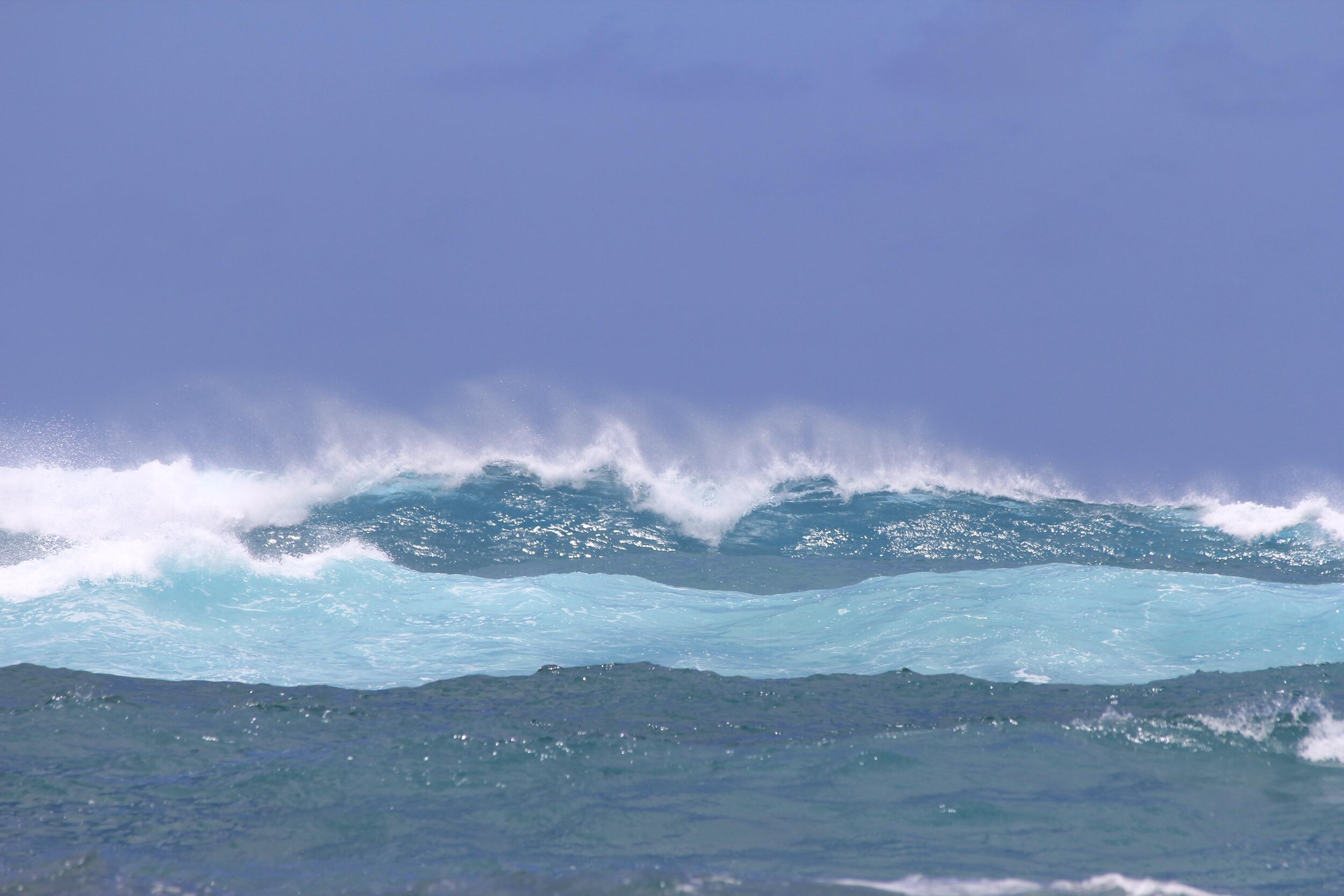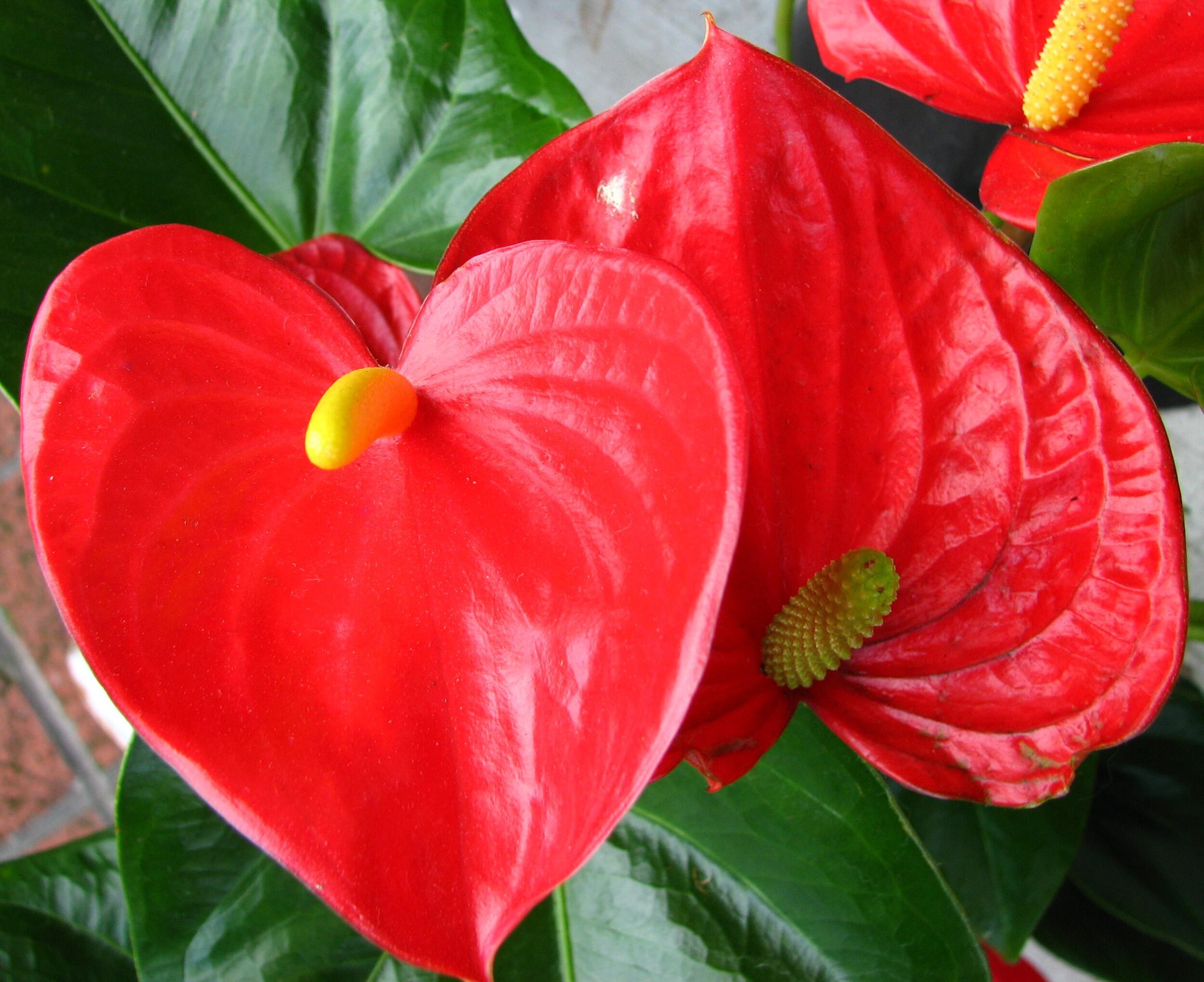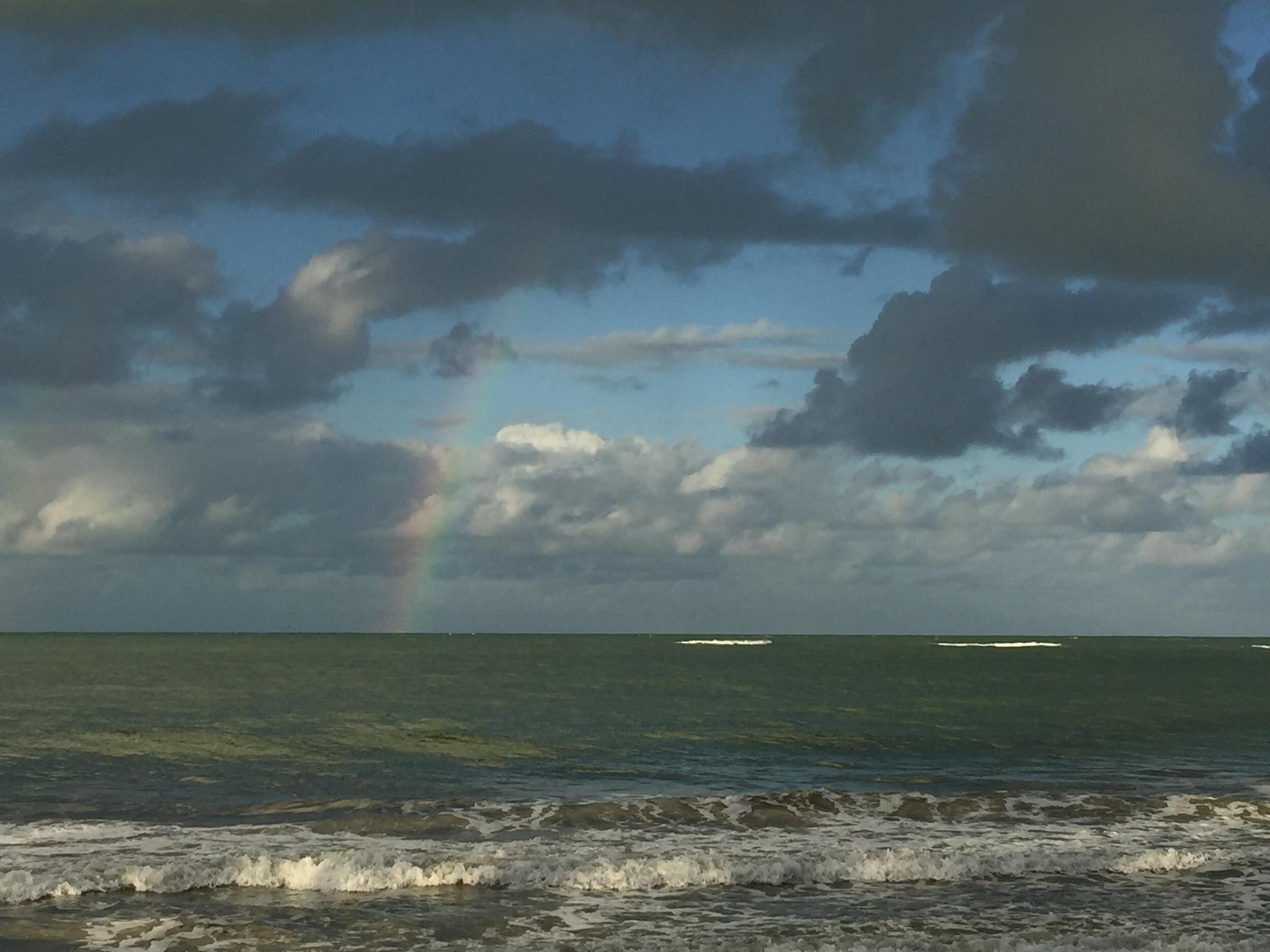Creativity is bound up in our ability to find new ways around old problems. - Martin Seligman
As our world seems to be getting more and more chaotic, I am reminded of the way a caterpillar becomes a butterfly. After spining a protective cocoon, the caterpillar dissolves into a dark goo. Then specialized imaginal cells begin to move toward each other and band together to guide the restructuring of the goo into the butterfly.
It’s a great metaphor for what is possible when people work together from a common, inspired vision. I like to think that when we embrace our creative gifts we become imaginal cells for our culture or society. When we connect with like minded souls who want to make the world a better place, what problems can we solve? I just read about people who are harvesting and recycling the plastic clogging our oceans. That’s an inspired idea creating positive change.
What if the chaos we are experiencing in the world today and in our lives is actually an invitation to let go of the old ways and create something new. What if in letting go, even as we fear the unknown, we actually make room for the new to enter. Often when we give up trying, unexpected opportunities, beyond what we thought possible, show up in miraculous ways.
Chaos is at the heart of being creative. Creativity begins from a place of swirling possibilities. It can be messy. On the creative journey we often feel like we don’t know what we’re doing or where exactly we’re going. Yet as we take it step by step following the threads of intuition and inspiration, as we show up for the work we find ourselves guided along the way. We discover the process itself is deeply rewarding and has the capacity to change our world.
By bringing creativity into every area of our lives, it can help us transcend the chaos by reordering the world and our lives in new and inspired ways. Take a minute consider a place in your life that feels chaotic and ask “what newness wants to be born in my life?” Don’t think about it, just allow an idea to pop in, and follow your heart and knowing. Then see what one small act that you can take to start creating from this inspiration. Taking it one small step at a time helps to keep us from feeling overwhelmed. What if this is how we create a world that works for everyone?


















